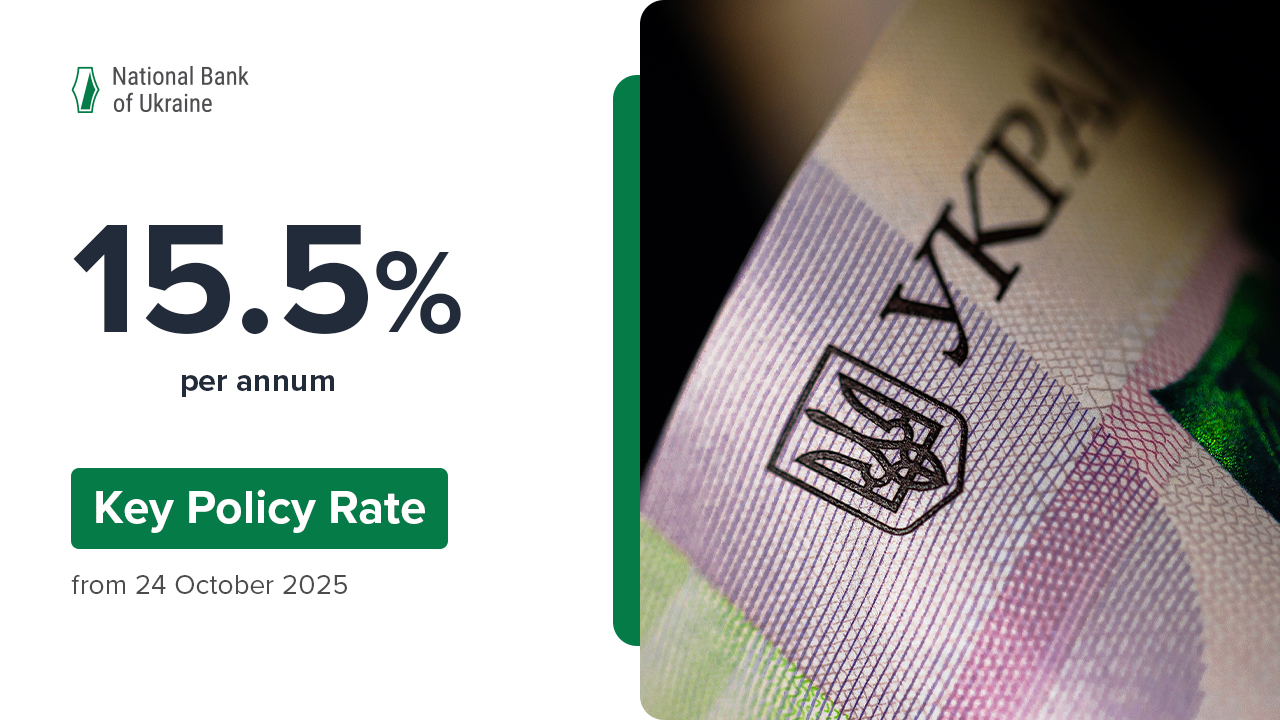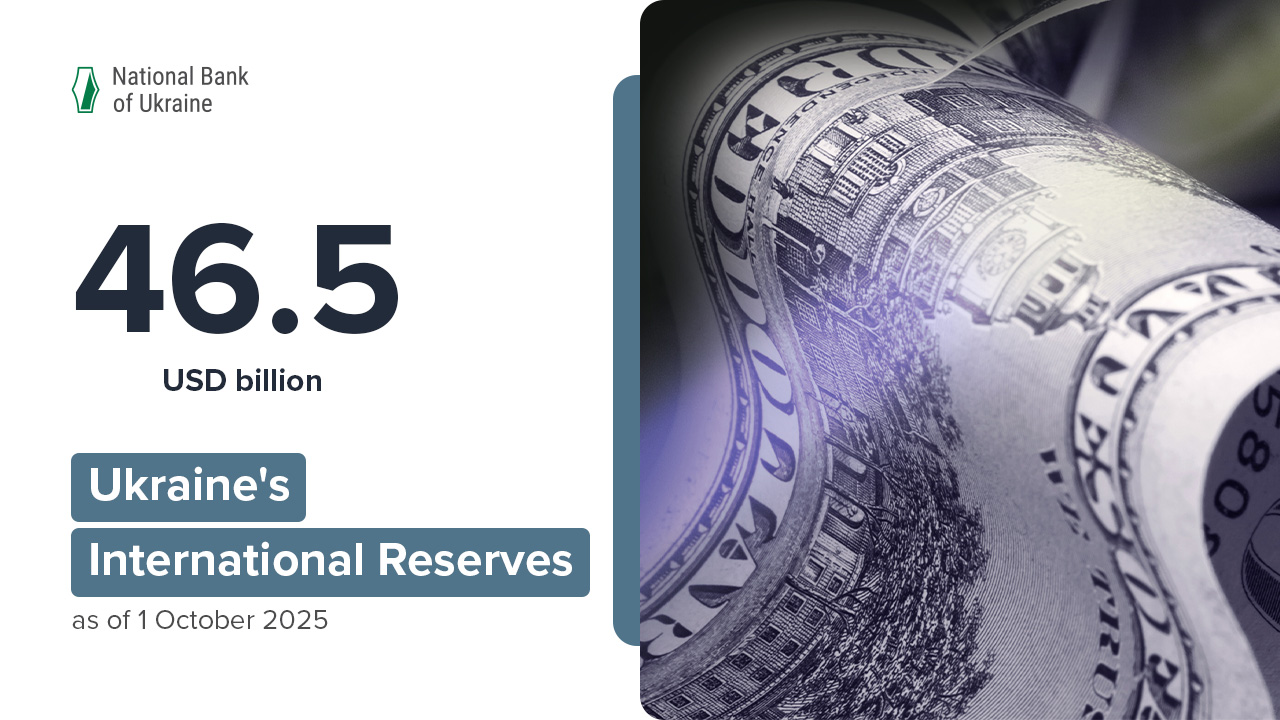At its meeting today, the NBU Council approved the Monetary Policy Guidelines for 2021 and the medium term. This document was developed on the basis of the NBU Council’s proposals, and takes into account the NBU’s Monetary Policy Strategy, ensuring that the regulator’s policy is consistent.
In line with the Monetary Policy Guidelines, the NBU next year will:
- proceed with the inflation targeting policy in order to promote price and financial stability and sustainable GDP growth
- maintain price growth at the level of 5% ± 1 pp in the medium term
- continue following the floating exchange rate regime, without targeting a certain exchange rate level or range.
The NBU’s monetary policy will be based on the principles of the central bank’s institutional, financial, and operational independence. The primary criteria for the success of the monetary policy will continue to be the anchoring of inflation expectations at the target level, and the alignment of actual inflation with its medium-term target. Monetary policy decisions will continue to be forward-looking, meaning they will be aimed at bringing inflation to the 5% target over a horizon of 9–18 months.
The NBU will also use the flexibility of the inflation targeting regime to best promote economic growth. This means that in order to prevent economic growth from slowing, the NBU will allow inflation to deviate from the target in the short run in response to external and internal shocks that are beyond the direct influence of monetary policy. However, the NBU will use its monetary policy instruments to return inflation to target values over an acceptable time horizon.
The regulator will pay special attention to the development of lending. By ensuring that inflation is predictable and monetary policy solutions are clear to economic agents, the NBU will lay the groundwork for deepening the financial system and making a sufficient amount of financial resources available to the economy over the long term. Measures to support lending will also include active cooperation with the government to reduce credit risks to the banking system and to restructure the economy.
“The Monetary Policy Guidelines for 2021 are a signal to businesses and the expert community that the central bank is pursuing a consistent policy. We continue to prioritize low and stable inflation. At the same time, the NBU has committed itself to achieving the ambitious goal of maintaining moderate price growth while ensuring that bank lending recovers, and that loans to the real economy become cheaper and are granted for longer periods,” said NBU Governor Kyrylo Shevchenko.
A higher level of lending and stronger confidence in the banking system should contribute to the formation of a healthy domestic market and make the economy more resilient to shocks. In the medium and long term this will provide a solid foundation for maintaining stable and low inflation.
“In pursuit of its goal of maintaining sustainable economic growth, the NBU will take a set of steps within the monetary framework of the flexible inflation targeting regime that are intended to ensure that the financial intermediation mechanism operates efficiently, to smooth out exchange rate fluctuations driven by temporary factors, to increase confidence in the banking system, and to incentivize banks to support the economy through lending,” said Bohdan Danylyshyn, Chairman of the NBU Council.
The NBU’s monetary policy only creates conditions for the development of Ukraine’s economy, but policy alone cannot be a sufficient precondition for a steady increase in economic potential, meaning that further structural reforms and the pursuit of a prudent fiscal policy are critical to achieving this goal,” Bohdan Danylyshyn emphasized.
Within the period specified by law, the Monetary Policy Guidelines will be sent to the Ukrainian Parliament for information purposes.
In accordance with (Section II Article 9 of) the Law of Ukraine On the National Bank of Ukraine, the NBU Council develops the Monetary Policy Guidelines on the basis of proposals submitted by the NBU Board, officially publishes the document, and submits it for the information of the Parliament of Ukraine annually by 15 September.







